|
On Wednesday, our CEO Peter Damen met with DeepBlue Technology as part of the Australian Future Transport Mission to China connecting Australian transport authorities to some of the world’s largest innovators in transport technology.
DeepBlue Technology is an Artificial Intelligence (AI) company based in Shanghai. Earlier this year they debuted their newest development in AI-based autonomous driving, the Smart Panda Bus which is 12 metres long and can seat up to 40 people. It features an in-vehicle robot, palm vein recognition, accurate advertisement push, abnormal behaviour detection and an intelligent emergency escape system which hasn’t been implemented in a public commuter system until now. Among a host of DeepBlue’s AI technologies, Peter also learnt about their smart vision processing software which detects abnormalities in work zones and their range of service robots including Floor Cleaning, Vacuuming, Vending, On-board Vending, Patrol, Smart Ant Logistics, Hotel Service and Vehicle Assistant models. A fantastic week in China so far, we look forward to seeing what else DeepBlue Technology have in store for the future!
As part of the Australian Future Transport Mission to China, our CEO Peter Damen is in China meeting with leaders in transport innovation and autonomous vehicle technology to gain further insight into the transport technologies of the future. Yesterday he had the pleasure of meeting with BAIC International, the top electric vehicle supplier in the world. Currently, they are monitoring 345,000 of their BJEV electric vehicles across the Chinese road network, which have driven 5.1 billion km. Peter was impressed by their innovative transport technology program. They are currently in development of the Optimus Prime project which aims to increase sustainability in the development of new energy vehicles and usage. They also created the Darwin system which is a self-growth vehicle intelligence system. BAIC plans to enter the European market with its electric Arcfox brand unveiling an SUV named the ECF as well as its GT electric supercar. Arcfox currently sells the Arcfox Lite which is a two-seater SUV released in China in 2017.
Thanks go to all of our speakers that did such a great job at the "Connected and Automated Vehicle and Emerging Transport Technologies workshop" for local government on Wednesday 13th March in WA.
Thank you to all those that made the effort to join us for the day. IPWEA are doing a great job and we are pleased to be able to support their association and to help their members.
Here is our CEO Peter Damen presenting a plenary talk on Connected Automated Vehicles and Emerging Transport along with a panel of representatives from across Australia.
The talk covered the emerging technologies in automated and connected vehicles to allow organisations the opportunity to become better prepared for the coming changes.
To enable the functioning of new technologies in the transport sector, certain operations and laws need to be changed. One example of this is the need for change in local parking laws. Why do you think this could be?
Find out about what needs to change to enable these new technologies from Level5design’s Larry Schneider at IPWEA’s workshop on March 13th. See the full programme of talks here - https://pos.li/2bbnr8 Autonomous & connected vehicles are coming… are you prepared?
Level5design are excited to work with IPWEA and a range of esteemed presenters from around Australia for a workshop on Connected Automated Vehicle & Emerging Technology, on Wednesday the 13th of March.
The workshop will cover the following topics:
For more information, view the full programme here - https://pos.li/2bbnr8 
Imagine the possibilities in a connected and automated future with zero emission driverless vehicles, self-aware artificial intelligence, conversational personal assistants, in-vehicle biometric sensors, adaptive orchestrated automation, on-demand shared and synched user experiences, and interconnected communities. Read about what a future typical work day might be like in the year 2040.
Jessica wakes up a little earlier today as she intends to go into the office rather than working remotely, which she does at least several days per week. Jess lives in a seaside outer suburb, which is about 90 minutes’ drive from the city. Jess and her family decided to live there for the lifestyle at the beach and because the distance isn’t really an issue for her as she has the choice to work from home in a virtual environment or to make good use of the commute time by being productive on the way in. Because Jess and her family live in the outer suburbs, they still own one car but they have done away with their other car and now subscribe to an automated car sharing scheme based in their local neighbourhood. Her husband Craig is using their own car today and will be dropping the kids at school. As Jess is getting ready for work she asks her digital home assistant, Susan, what cars are available for her commute to work this morning. Susan scans the available options in her local car sharing network, dismisses a van and large SUV, and provides 3 options to Jess based on her previously stated personal preferences. Susan recommends a medium sized electric Ford Infinity based on what Jess selected for the same trip last time. Jess accepts the recommendation, books the vehicle for 7.30am by voice signature, and continues to get ready for work. Jess ends up getting ready a little early and so asks Susan to summon the vehicle 10 mins before time. The Ford Infinity starts itself up at the central neighbourhood wireless charging park, which is situated 1 km down the road, and begins its trip to her house, which takes about 90 seconds. Jess kisses her kids, goes upstairs to grab her sunglasses, collects her stuff and then walks outside to the kerb. In the time it has taken her to get outside the car has arrived and is waiting for her. It automatically opens the door for her and she gets in and sits down in one of the rear seats. Jess gives a hand gesture and a work table extends from the side panel, where she puts her idevice and other stuff. When she is comfortable she gives Susan a voice command for the car to take her to work. The car verbally confirms the destination, closes the doors, gives a warning alert, initiates the biometrics, sets the climate control to Jess’s preferences, starts itself up and then slowly moves away from the kerb. It drives down the street at a safe speed and heads off to its destination being careful of pedestrians, cyclists and other vehicles. The car is connected to the cloud and other connected vehicles and devices and so knows the fastest and most direct route. It also has a full set of 3D sensors so it can detect objects that are not connected to the cloud nor that are in plain sight including older model human driven vehicles. While the car drives Jess into town she finishes a presentation and dictates a few messages to clients and her team members. As the car arrives at her work, it notifies her digital work assistant, who orders her a flat white coffee at the office robot barrister on her floor. The car drops her off in the large drop-off zone under the port cochere right outside the front door of her building. The car automatically opens the door for her and waits for her to depart. As Jess goes to get out of the car Susan notifies her that she has left her idevice on the seat. Jess quickly grabs it and then walks towards the entrance. The car moves away from the kerb and heads for a nearby wireless charging park on the outskirts of the city. When it gets there it connects to the car sharing company hub and uploads data on its current health stats including battery life, tyre pressures, etc. The work day is a very full one and so Jess is a little later to leave work than normal. As she is packing up her things she commands Susan to summon her shared car, which it does. An algorithm calculates that it will take Jess approximately 5 mins to get downstairs and outside to the kerb pickup zone. The traffic signals are coordinated and linked to the cloud and the car sharing network and so the car AI accurately predicts that it is likely to be a 4 minute trip from the wireless charging park to her building. Hence, the car waits one minute before departing. Susan notifies the building central AI command and as Jess enters the lift lobby it recognises her biometrics and automatically keys an elevator to come for her to take her downstairs. As Jess exits the elevator and walks outside, the automated car arrives at the kerb in the extended pick-up zone. As Jess approaches the car it recognises her from her idevice and biometrics, and automatically opens the door for her. Jess gets in and commands Susan to get the car to take her home. The car sets everything to Jess’s preferences, seamlessly connects her idevice to the car, starts playing her favourite song, then gives a warning alert, turns on the ignition and moves away from the kerb. Recognising that Jess is later to leave work than normal, and that in those situations she normally orders take-out food for the family, Susan presents a list of take-out options for her to order and pick-up en route. Jess makes a choice by voice command and a notification is given by her digital conversational home assistant at her house for her family to hear and see. After placing her order, a confirmation number and order total flashes on the heads up display on the windshield, in addition to an updated estimate of travel time to the restaurant and home factoring in the current traffic and weather conditions. The restaurant is located in a Shopping Customer Experience Centre, that features integrated automated valet parking and car sharing drop off-pick up zones for zero emission vehicles. After responding to a few messages, Jess is a little tired and drops off to sleep. The car detects her sleeping state from its biometric sensors and adjusts the climate control, lighting and seat inclination to suit, and then continues on its journey. 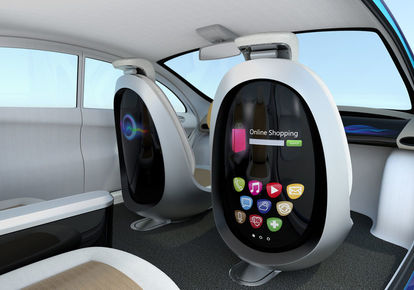
As the car approaches the restaurant it readjusts the seat, climate control and lighting and sends Jess audible alerts until the biometric sensors assess she has woken. Susan also sends a notification to the restaurant that they are only a few minutes away. Jess wakes up and gets ready to collect her food order. The car enters the Customer Experience Centre pick-up zone and the food is already waiting for her. Jess notices a product on one of the Customer Experience centre advertising screens and asks Susan to make a note for her to look at that again later on the large seat back display, on the way home once they are travelling again.
Once Jess collects the food and gives a command to leave for the home, the car departs automatically once again. She also asks Susan to send a note to her digital conversational home assistant letting her family know that she has picked up dinner, that her kids should set the table, and that she is approximately 20 minutes away. A connected set of lights also turn on in the dining room ready for dinner. As Jess approaches her home in her shared car, the outside lights turn on and the car pulls in to the kerb directly outside her front gate. The door opens automatically and Jess exits with the food. Once she has entered the house the door automatically locks and the car pulls away and heads off back to the wireless charging park in the neighbourhood ready for its next rental later that night by another person in the local community. 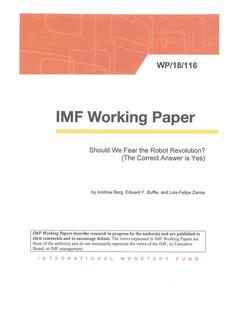
There has a lot of talk and debate recently on what the impact of increasing automation will have on our workforce, national productivity and individual and collective economic prosperity. If you were to listen to and observe all of the commentary on the issue then you would quickly come to the conclusion that there is considerable disagreement among and between technology experts, social economists and policy makers about the impact that automation, and more specifically driverless vehicles, is likely to have on jobs, and on specific types of jobs.
Most acknowledge that automation will be disruptive in the short term and that at least some parts of the workforce will be negatively impacted. Some commentators note, however, that historically periods of rapid technological change have created more jobs than they have eliminated, and they have stimulated both wage growth and per capita incomes. A good example is the introduction of computerisation during the last century – we now have a whole IT industry where none existed before, and we have new and more skilled jobs in many areas. A working paper released by the International Monetary Fund (IMF) in the last few days discussing "Should we fear the robot revolution?" suggests that the current technological revolution, often referred to as the “AI revolution” or the “4th Industrial Revolution” may be different than previous periods of rapid technological change. It finds that automation is good for growth but bad for equality and that there are “good reasons to believe that a resilient, adaptable economy will again vanquish the specter of technological unemployment”. As reported by Cowan from the Centre for Independent Studies, optimists argue that advances in robotics and artificial intelligence will make how we work safer and/or better while creating new hitherto unimagined jobs and/or unparalleled opportunities for leisure. Pessimists on the other hand worry that technological innovation will lead to machines making much human labour redundant and creating mass unemployment. Driverless vehicles, and in particular driverless trucks, have often been cited as the first places where this will happen. Cowan goes on to say that “for as long as innovation has been finding ways to make labour better or easier there have been concerns about technology displacing labour”. There is a lot of conjecture on when we will see highly and fully automated vehicles on our roads, and following that, when they will form a sizable portion of the fleet. There is certainly a lot of hype out there and many false predictions. Research by Grace et al (2017) , found that AI researchers on average expect to see AI outperforming humans at driving a truck by 2027 and having a 50% chance of outperforming humans in all tasks within 45 years. I have been advocating for some time for us to accelerate our activity in the automated vehicle space to take advantage of the benefits earlier. And from what I can ascertain right now, it would seem likely that we will see fully automated vehicles commercially available in an array of on-road applications within the next decade. And we will most likely have conditionally automated vehicles on our roads by 2020. That is certainly the intent of the Australian governments Transport and Infrastructure Council. In November 2016, the Australian transport ministers agreed to a phased reform program so that conditionally automated vehicles can operate safely and legally on our roads before 2020, and highly and fully automated vehicles from 2020. The current consensus seems to be that about 20% of new car sales in 2030 may be fully automated rising to much higher proportions by 2040. Much of this will be fueled by fleet sales and the growth in activity generated by Asia. But predictions in relation to driverless trucks are much less reliable and despite the obvious productivity benefits, seemingly slower to be embraced right now. Certainly, a significant part of the reason for this outcome is the concerns re jobs and employee reskilling and the highly regulated nature of the trucking industry. Some like the World Economic Forum say we are on the cusp of a 4th industrial revolution based on advances in artificial intelligence and robotics. In one of his recent reports Cowan makes some excellent comparisons between the AI revolution and the 1st industrial revolution of the 18th century. He quotes economic historian Deirdre McCloskey, who identified that following the Industrial Revolution national income increased in Britain over the following eight decades by a factor of nearly seven. Furthermore, in his writings on the future relationship between technology and inequality Davis notes that “a number of emerging technologies are by their very nature likely to spur entirely new professions or industries as strong complements to human ingenuity". As mentioned, the IMF working paper concludes that automation is good for growth and bad for equality. They predict that real wages will fall in the short term but eventually rise, albeit over several generations. And they acknowledge that this outcome appears somewhat consistent with what happened in the 1st Industrial Revolution. Davis states that levels and distribution of wealth and income inequality are dynamic, and that there is rising evidence that the majority of the impact of new technologies on workers will not be from entire job categories disappearing, but rather shifts within professions in terms of demand for skills. And work by the World Economic Forum indicates that the vast majority of the workers currently holding jobs experiencing technological disruption will be able to transition to other jobs with some reskilling. The Australian Government reports there were 184,200 truck drivers in Australia in 2017, 96.1% were male, and their average age was 47 years, with 1 in 5 being at retirement age. The average age of truck drivers was much higher than the average working age for the entire population. There is an 8.7% growth in jobs predicted in this sector over the next 5 years despite the age profile of drivers and the challenge in front of us with satisfying growing employment demand. Introducing greater levels of automation has the potential to help solve some of these challenges and make the current jobs in the industry potentially more enriching if the mix of tasks evolves and adapts. A thought leadership paper by the Australia and New Zealand Driverless Vehicle Initiative on the "Economic Impact of Automated Vehicles on Jobs and Investment" states that based on achieving 1% of the global intelligent mobility market, Australia would generate approximately 7,500 direct jobs and 16,000 direct and indirect jobs based on traditional car manufacturing parameters. The opportunities are also documented in a report published by the International Transport Forum (ITF) regarding "Managing the Transition of Driverless Road Freight Transport" which states that automated trucks would enable cost savings, lower emissions and safer roads, and that they could also address the shortage of drivers being faced by the industry. Some commentators have questioned the approach the Australian government took with government assistance to the automotive sector over the past decade. For instance, of the approximately $1 billion in funding announced in 2013 to be provided to the industry over the following five years to support vehicle manufacturers and supply chain companies, only $15 million was committed to assist automotive workers made redundant to reskill and find new employment. The suggestion here is that if more government assistance was directed to worker reskilling as greater automation comes into effect then we could benefit more substantially through more jobs and new market opportunities being created. CEDA recognises the importance of worker support programs in the statement by Davis that perhaps "we should view transitioning and supporting Australian workers as an opportunity, not a threat". While the ITF note that the adoption of driverless trucks is likely to reduce demand for drivers at a faster rate than a supply shortage would emerge, this needs to be offset against many of the other societal benefits that are likely to accrue, such as improving road safety and saving lives. How do we value lives against jobs and do we even have to do that if we get the transitional phase right and invest early and properly in reskilling and upskilling programs? As highlighted by the ITF, preparing now for potential negative social impacts of job losses will mitigate the risks in the event a rapid transition occurs. What all of this comes down to is that there is merit in exploring further innovation and automation in the trucking sector, in combination with programs to upskill and reskill workers within that sector over time. There will be those that resist, but I am of the view that it is much better to be prepared, and in a position to benefit from the insight we can gain, and to be technology leaders rather than followers. We clearly need to become better informed and to do that we need to be more active in conducting further field trials, pilot programs and real world deployments. And we need to do it armed with the evidence and thinking of what it might mean for jobs, workers and end to end productivity. If we do that then there is a good chance that we can become both the architects of a newly reinvigorated and globally competitive industry and the creators of a greater number of more highly skilled jobs, that might otherwise not exist. I would be interested to hear the thoughts of innovators and other industry leaders on the findings of these recent reports and how we might work together to achieve better outcomes from automation in the transport industry sooner. |
L5D NewsLevel5Design (L5D) is a specialist advisory and design consultancy dedicated to achieving valuable and innovative outcomes for its customers in the rapidly evolving transport technology and infrastructure planning and design spaces. Archives
July 2024
Categories
All
|
Services |
Company |
PERTH | SYDNEY | MELBOURNE | ADELAIDE | BRISBANE
© COPYRIGHT Level 5 Design Pty Ltd 2019. ALL RIGHTS RESERVED.


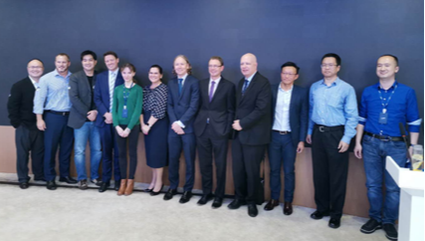
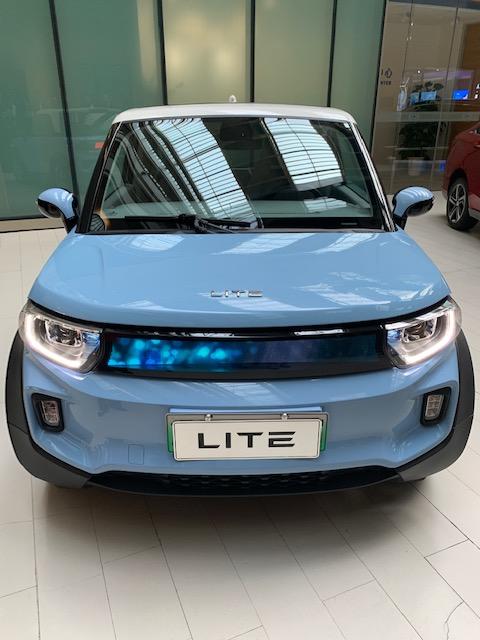
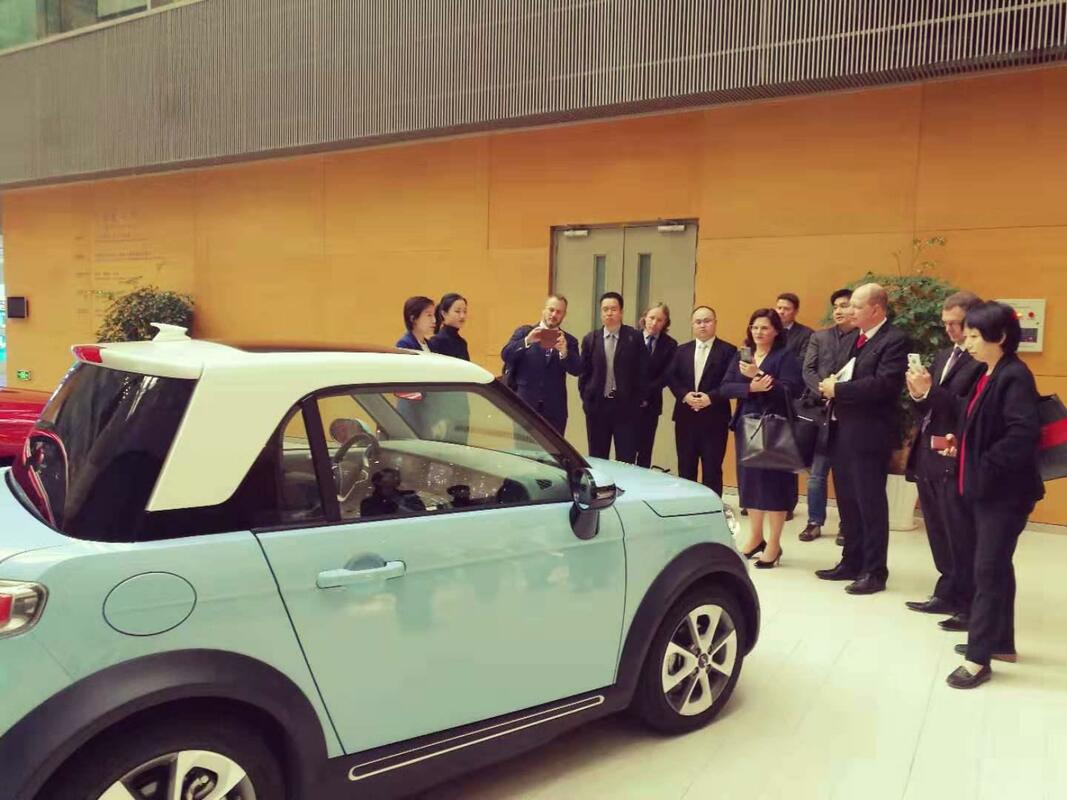
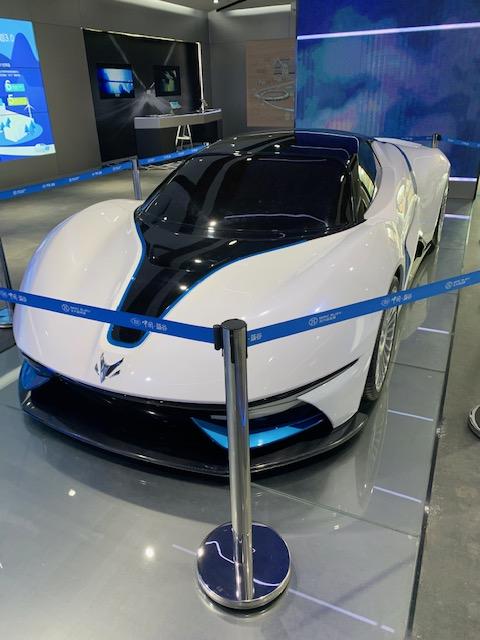
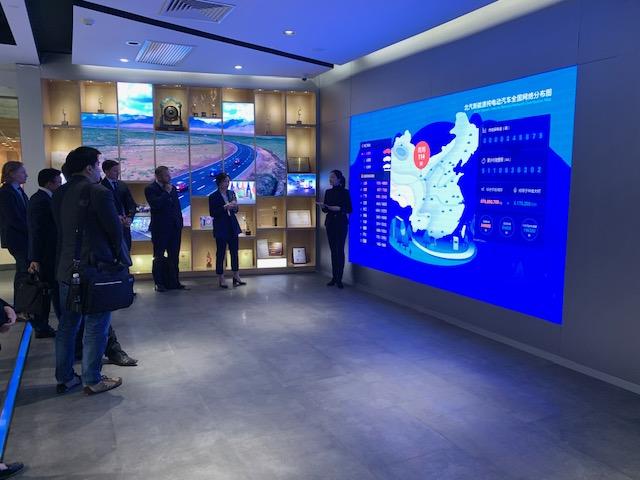
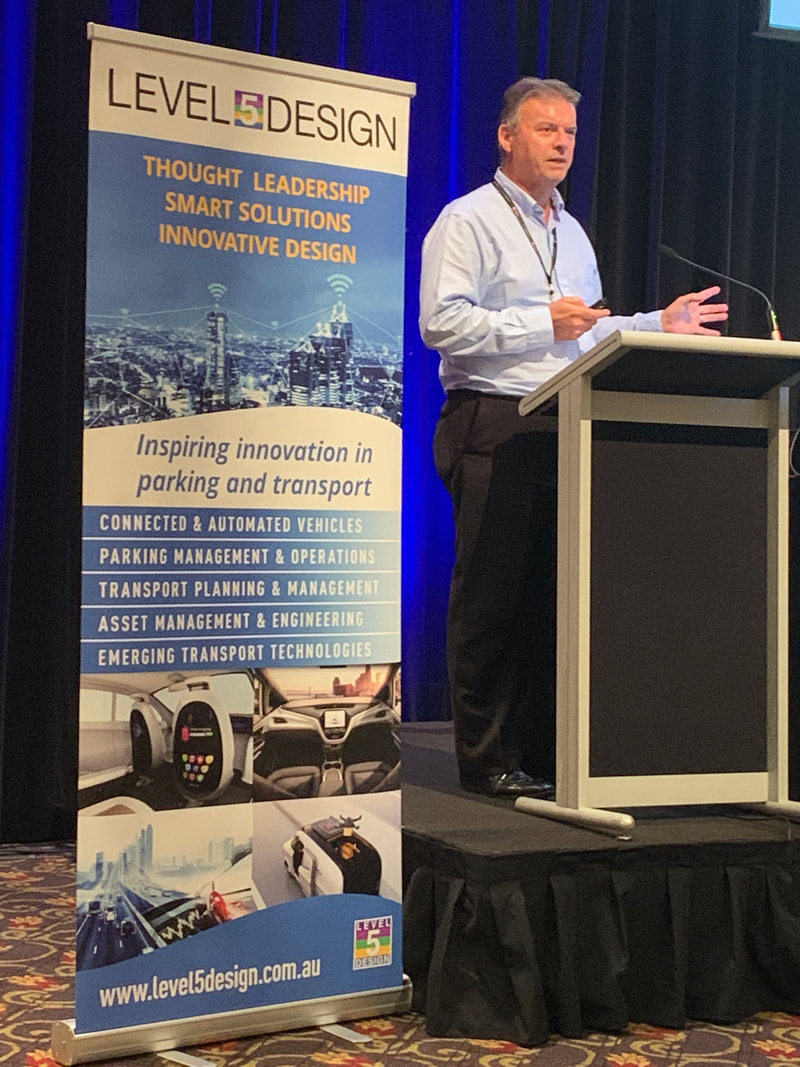
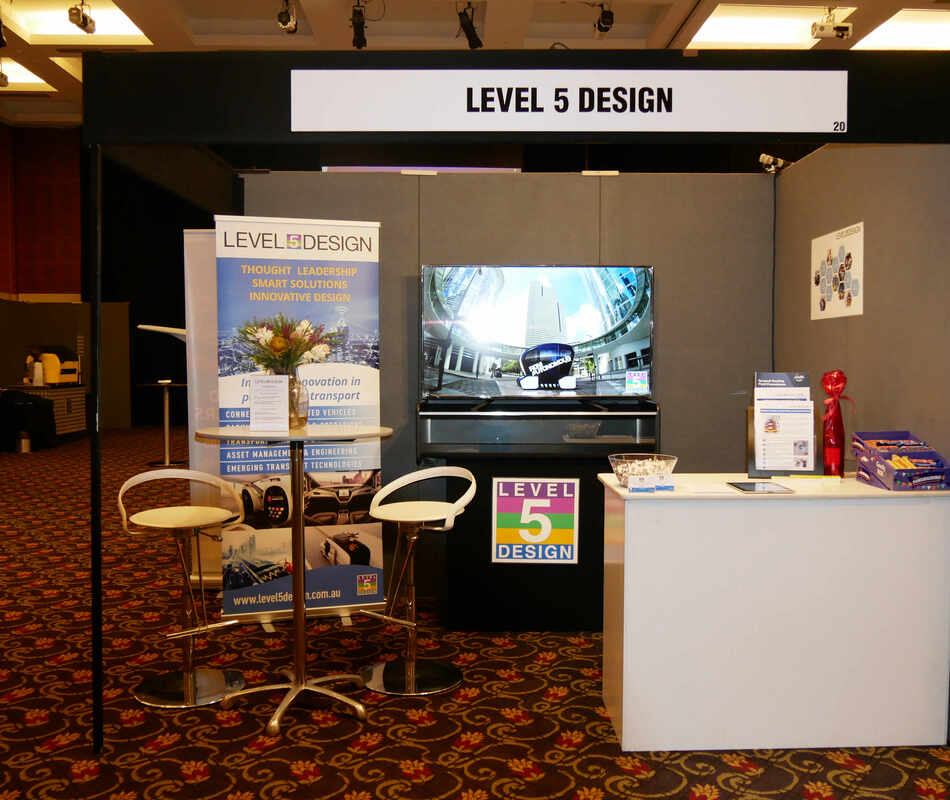
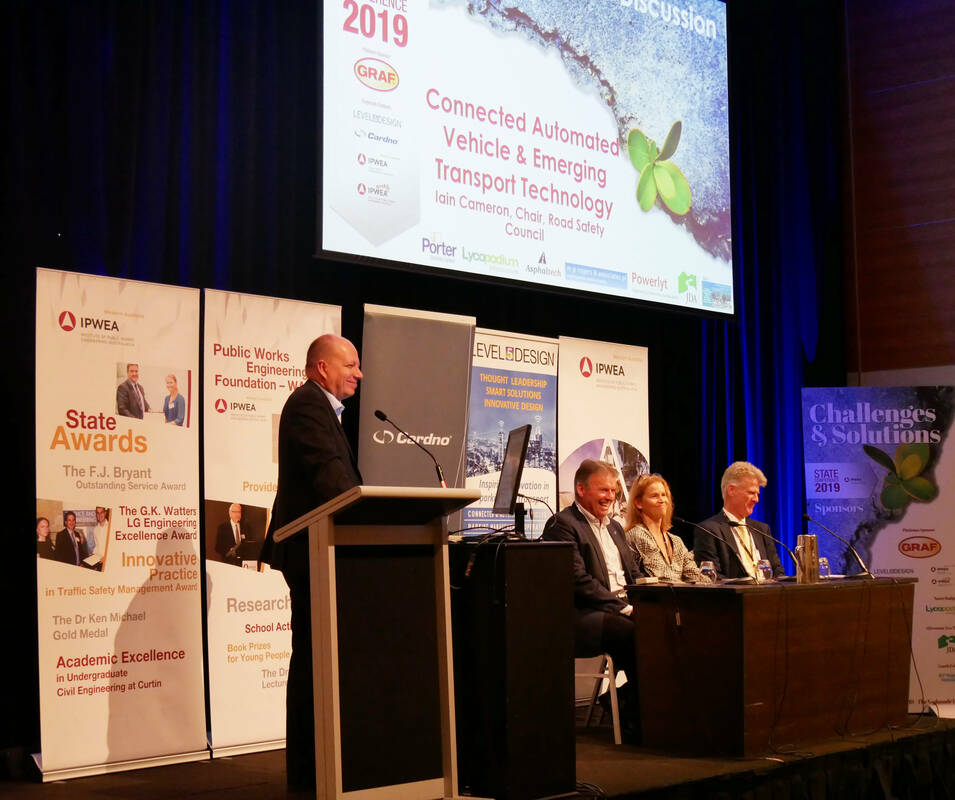
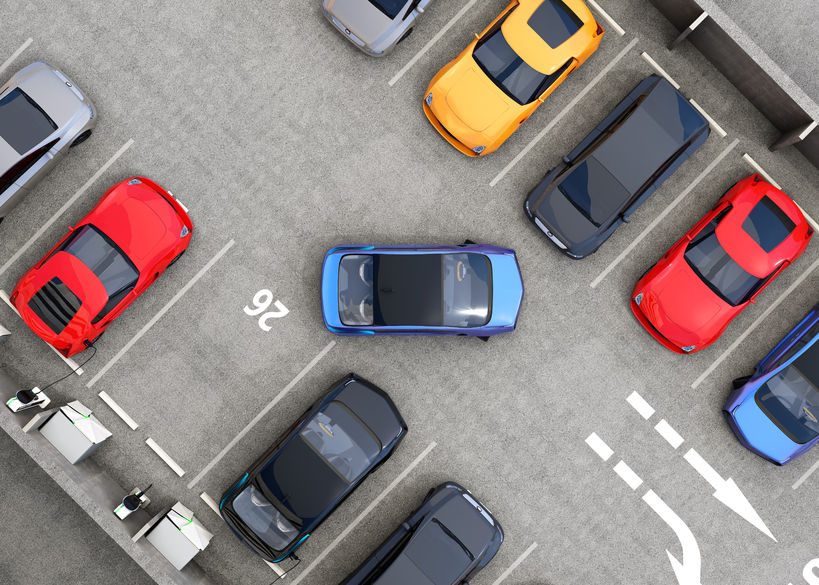
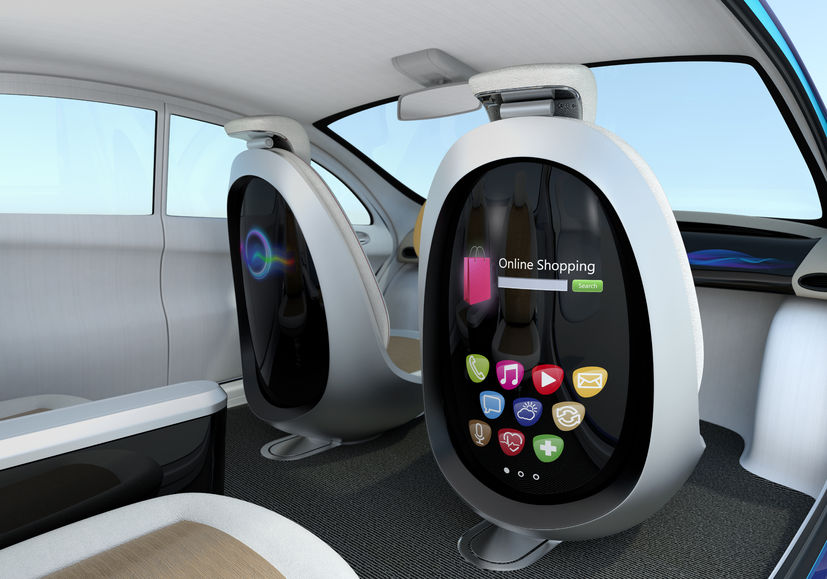
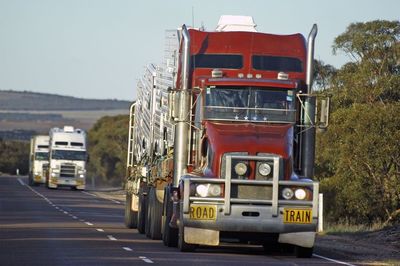
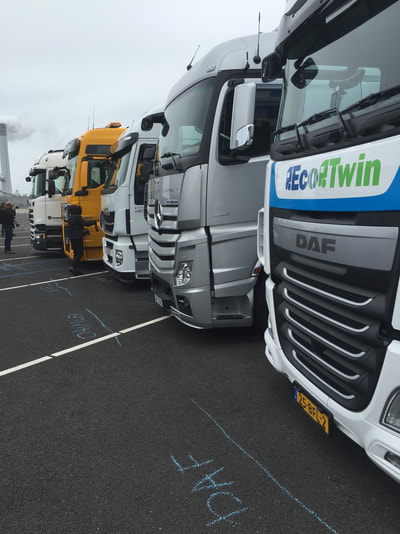
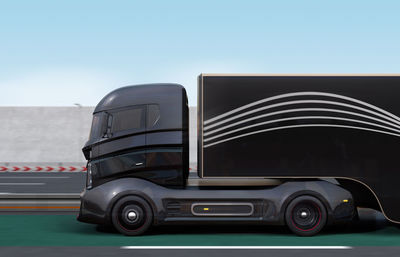


 RSS Feed
RSS Feed